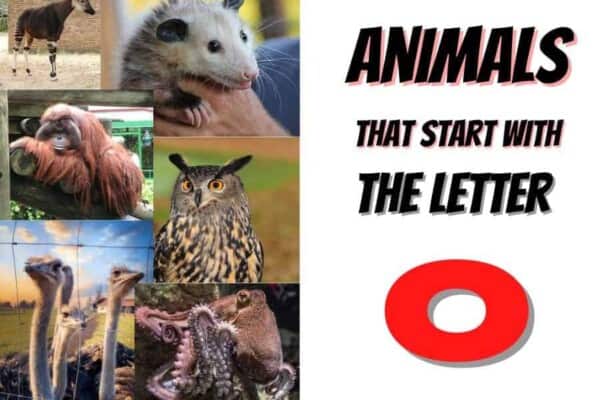Starting with a beginner snake, you want to know a few pointers that tell you more about how to care for these curious reptiles. This guide will introduce you to the 10 best beginner snakes you can own anywhere in the world. It will also inform you of all of the most important aspects of owning a brand-new snake at home.
The 10 Best Beginner Snakes – A Complete List
| Name | Lifespan | Size | Price |
|---|---|---|---|
| #1 Corn Snake | 25 years | 40″-50″ | $50 – $300 |
| #2 California Kingsnake | 15-20 years | 40″-50″ | $60 – $100 |
| #3 Rosy Boa | 30 years | 14″-“35 | $25 – $50 |
| #4 Gopher Snake | 30 years | 36″-“48” | $30 – $50 |
| #5 Ball Python | 25 – 30 years | 50″-60″ | $40 – $50 |
| #6 Milksnake | 15 years | 60″-70″ | $50 – $300 |
| #7 Baird’s Rat Snake | 8 – 15 years | 25″-55″ | $50 – $75 |
| #8 Kenyan Sand Boa | 15 years | 25″-35″ | $100 – $300 |
| #9 Western Hognose Snake | 12 – 18 years | 25″-35″ | $175 – $250 |
| #10 Children’s Python | 25 – 30 years | 25″-35″ | $200 – $300 |
1. Cornsnake

Luckily corn snakes only grow to be 40 to 50 inches long but can live upwards of 25 years or more. You might get lucky and find a baby corn snake selling for $20 or find ridiculous offers of $300 advertised online from exotic snake breeders. This snake eats only mice, and because it’s a very docile snake, it makes a great first-time pet.
2. California Kingsnake
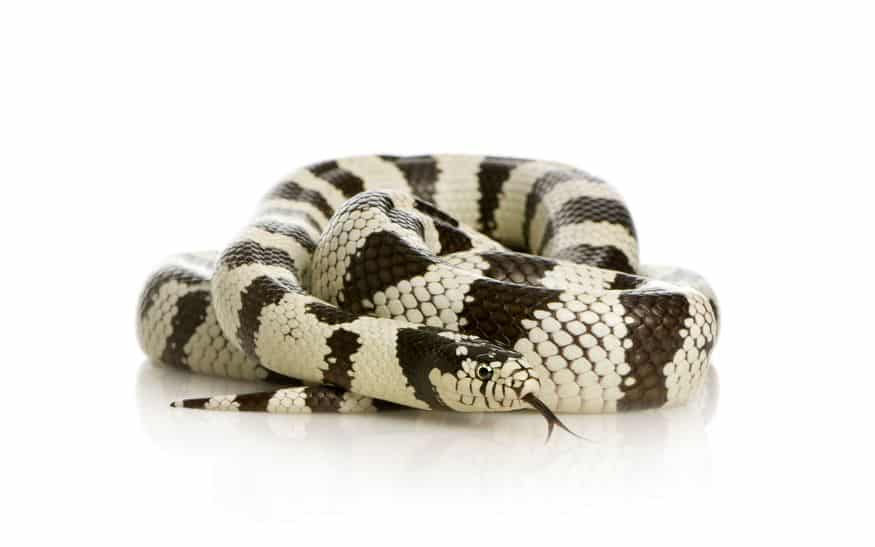
California kingsnakes only eat mice and are also very docile, making them very friendly to own. This snake can live between 15 to 20 years and only grow to be 40 or 50-inches in length. Now, you’ll be happy to hear that this snake costs between $60 and 100 dollars, no matter where you look to buy them.
3. Rosy Boa
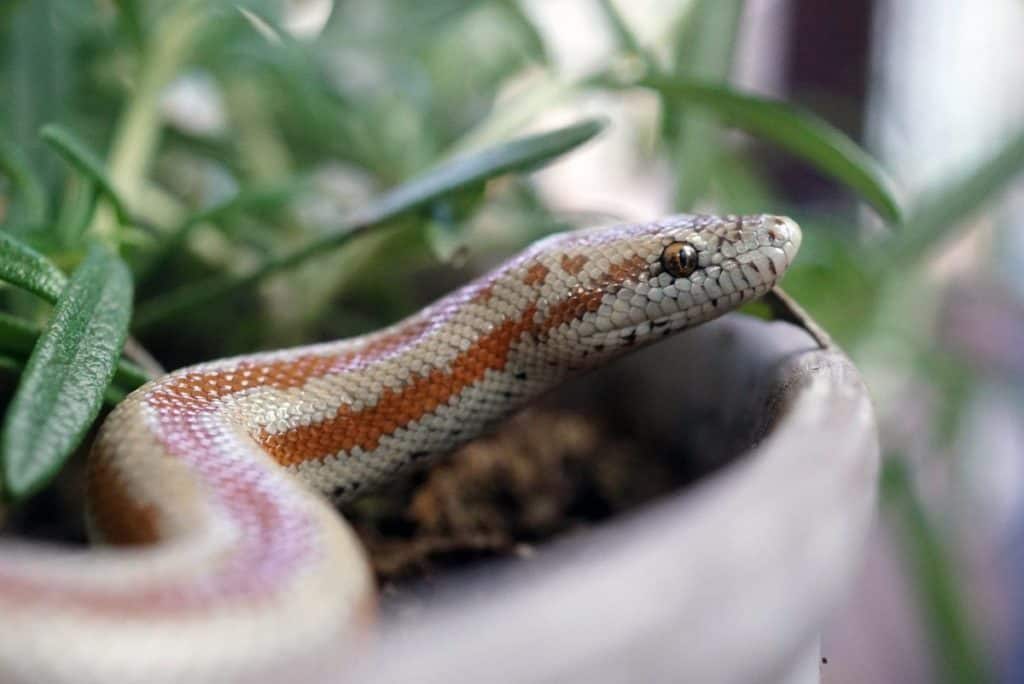
The typical Rosy Boa will only grow to be 3 or 4 feet in length and make an excellent first-time pet because of its gentle disposition. They only cost as little as $25 and up but no more than $50 at most. Their diet should consist of mice only and it needs feeding twice a week. Expect that a well-cared-for Rosy will live up to 30 years of age.
4. Gopher snake

Gopher snakes are great pets since they are rather slithery but fun snakes to own. They can live up to an incredible 30 years of age if they have a steady diet of mice. They can reach as long as 3 feet long but sometimes longer if they grow old enough. You can expect a cost of $30- 50 depending on where you buy them.
5. Ball Python
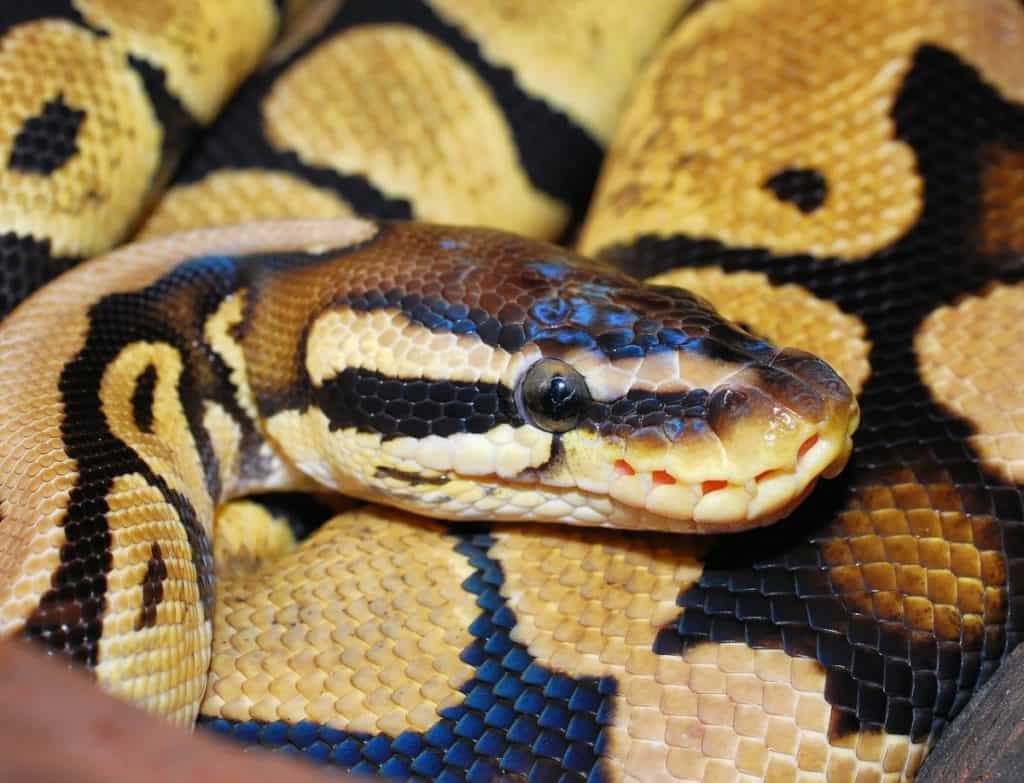
Don’t expect to pay more than $40 or 50 dollars when buying this unique snake. Depending on the morph, some snake breeders will charge nose-bleeding amounts for exotic colors. This snake can live 25 to 30 years making them a cool and easy-going life companion pet. They like to eat mice regularly twice a week and grow more than 3 feet in length or more.
6. Milksnake

With a lifespan that will last upwards of 15 years or more, the average milk snake can grow as long as two feet up to at least 6 feet! This is a friendly relaxed snake that will also feature impressive colors. This is where the colors can influence the price ranging between $50 and $300 in some cases.
7. Baird’s Ratsnake
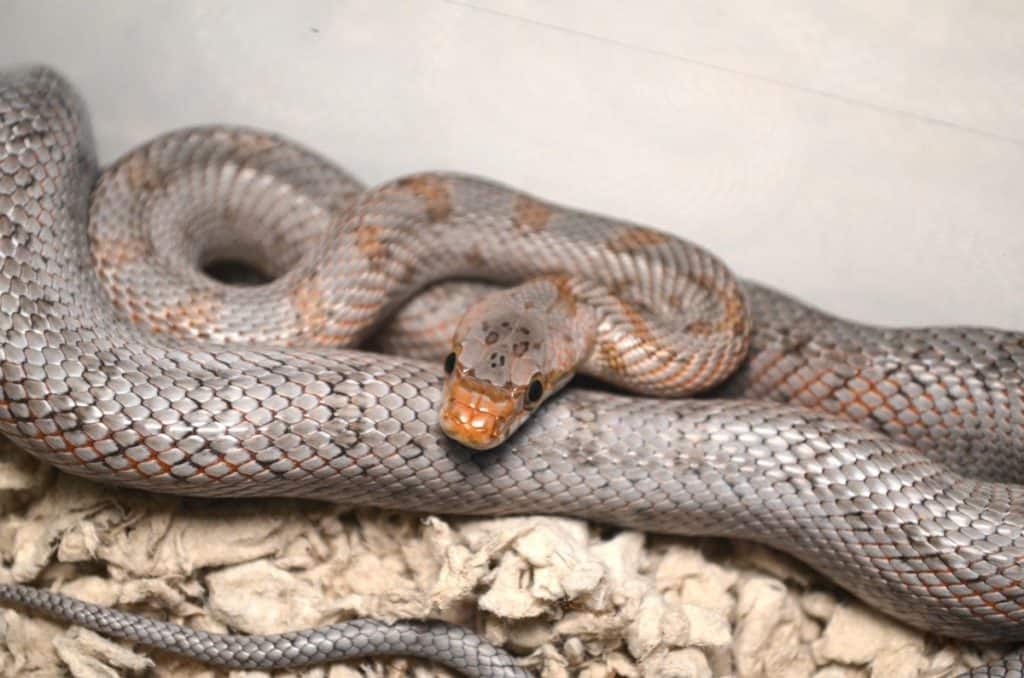
Here is one snake that will grow as little as 25 inches up to 55 inches, and features vivid red and yellow markings. The base cost will only run about $50-70 per hatchling but older snakes will fetch higher prices of $75 for red-tailed greens. Albinos are very expensive and can cost $1000 or more! These will eat mice and small baby rats. These snakes are easy to handle and will be calm when you handle them regularly.
8. Kenyan Sand Boa
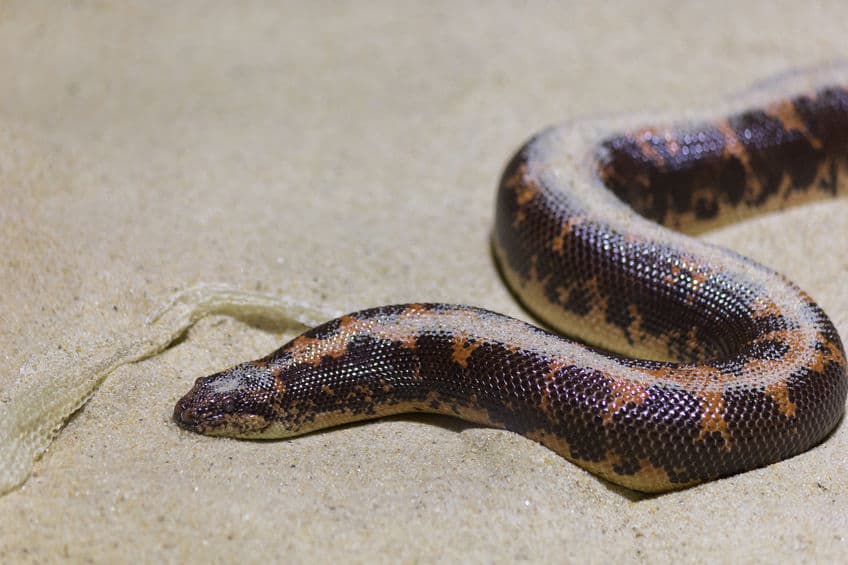
This is one snake that is known to like being handled, making them an excellent pick. The cost is a bit higher and can range from $100-300 for a single hatchling! It will grow as long as 2 to 3 feet making it perfect for handling. Since it can live upward of 15 years, it doesn’t have such a long lifespan as the others. It will prefer eating mice but like to hunt them while burrowing under its substrate.
9. Western Hognose snake
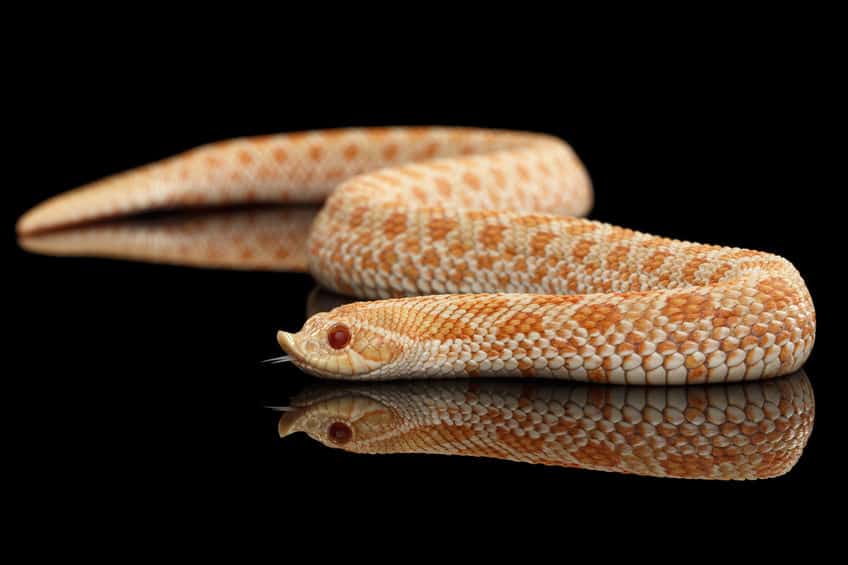
Your average hognose will grow to a maximum of 2-3 feet in length just like the Kenyan Sand Boa, but will only live 12 to 18 years if the conditions are favorable. It likes mice but can be finicky at times, so you have to time the feeding on a regular schedule every time. The cost will start at $175 and go up to $250 USD. Some morphs will cost big bucks if you want exotic colors. Since these are shorter mild-tempered snakes, they make great pets.
10. Children’s Python
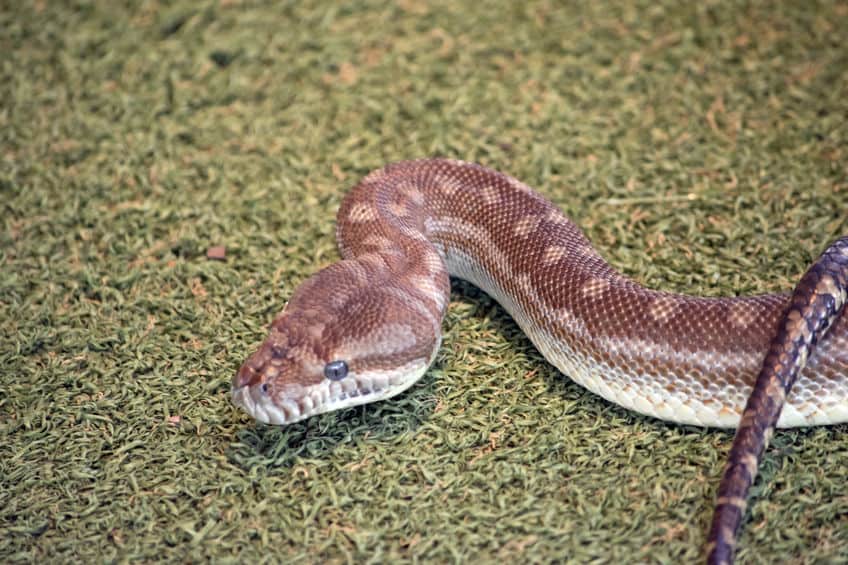
While the cost of this snake is a bit more than others, the price is set at $200-300 on average. They can eat hairless pinky mice at first, and move up to adult mice and baby and juvenile rats! They are very docile and make excellent holding pets as a reptile. The best part is they won’t grow any longer than 3 feet, but most will only exceed two and a half feet. The advantage is that this snake breed will live 25 to 30 years in captivity quite easily.
7 Things you should consider as a first-time snake owner
Snakes come in many colors and textures, but can also feature fascinating feeding traits in addition to having an easy-going personality. Yet all of your expectations must include an ounce of awareness since these are still cold-blooded reptiles you’ll be caring for.
1. Friendliness
Most beginner snakes are friendly and easy-going reptiles that pose no threat to us as pets. It’s only when you spook them that any snake can be hesitant to be held. After all, they are still reptiles and don’t have higher thinking functions than mammals can have. If you aren’t a threat to them, they will be oblivious to feeling that you’re a threat to them.
2. Size
On average it’s best to have a snake that isn’t going to grow longer than 5 feet. Once a snake starts reaching this length, it’s becoming an instant candidate for being a danger to you. Not that long snakes are dangerous, but the risk of wrapping around your arms or even your neck can be a constricting danger.
3. Easiness to care for
When it comes to basic husbandry, you are providing for them by supplying their habitat needs, food supply, and general upkeep is responsible for looking after them. Snakes aren’t going to take up all of your time, but you do need to be considerate of what they need so they can remain healthy and content.
4. Easiness to handle
Most snakes will be easy to handle when they’re 2 to 3 feet in length, and when they get longer- you’ll need to be careful how you handle them accordingly. Just like the branches of a tree, you need to support a snake using your hands and arms, and even your shoulders to take its full weight. They’ll be easy to handle once you learn how to hold them.
5. Lifespan
Snakes have a remarkable lifespan that can range from 15 years up to 20 and 30 years respectively if the conditions are good for them. During this time, they’ll shed their skin often enough so they can grow. You’ll notice that snakes will obviously mellow out and become less active as they advance into their senior years.
6. Ability to escape
Snakes are notoriously famous for being escape artists, so it’s a good idea to have a cage they can’t escape from so easily. The lid of any snake habitat needs to be lockable and cannot be pushed open at all. They will often use their body weight to push the top of plastic containers if these don’t have locking edges.
7. Feeding
All snakes are going to eat live prey such as mice, but obviously, some owners might like to feed them frozen mice if your snake accepts this type of non-moving food source. For many types of snakes, you want to avoid items like frogs, lizards, or even fish since these types of food may be carrying viruses that can make them sick.
Types of snakes you should avoid if you have little or no experience
1. Excessively Large Snakes
Aside from certain snakes that can thrive and grow over 60 inches in length, these are harder to handle when they get too long. First-time owners will notice that shorter snakes are easier to wrangle as a result. Longer snakes present a whole different ball game when it comes to care and the type of food it will need to survive.
2. Venomous Snakes
As a rule, you just don’t want to deal with any snake that has venom that can potentially harm or even kill you. Even professional snake owners who raise venomous snakes constantly need to follow strict guidelines and are registered with a local poison control hotline emergency number on their smartphone if they get bitten by accident.
3. Snakes That Have a Bad disposition
Snakes are still cold-blooded reptiles, so they’ll have a keen sense of smell when they are continually flicking their tongue around your hands. If you have any kind of smell that attracts them such as rodents or their food source, this can be a hazard for you. Although they don’t have dangerous teeth, a striking hungry snake can be quite a shock for you.
To be honest, snakes are indifferent to your presence. They won’t form bonds that mammals will have with you, so they will tolerate you holding them because they cannot perceive you as being a threat unless you do something they don’t like. Their overall attitude is reacting to the changes in how they are being held, but don’t try to believe they are showing affection to you.
Related Articles:
References and Further Reading:
- Snake care and husbandry, Mark A Mitchell
- Selecting a Pet Reptile, AVMA








